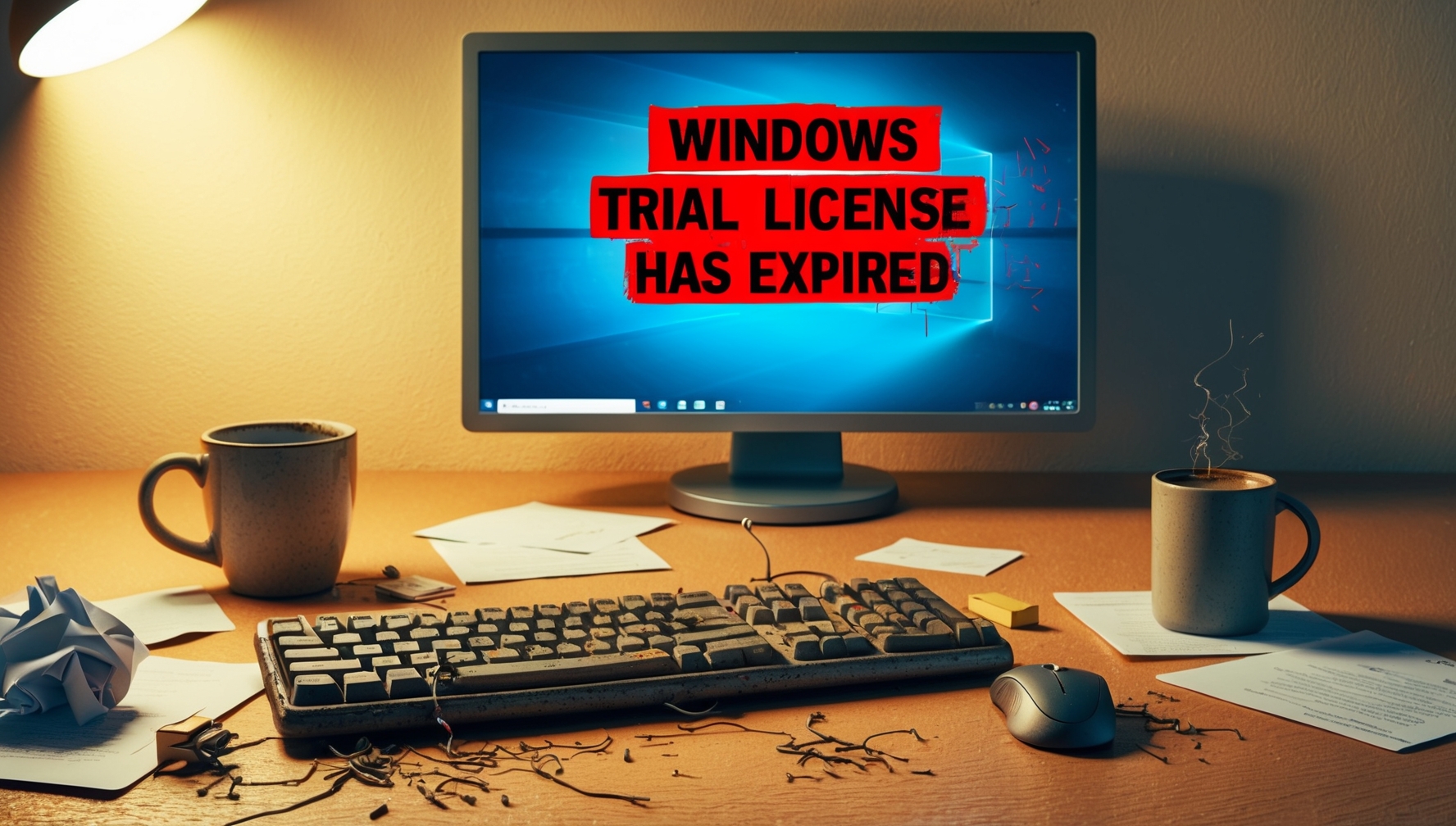Resetting the trial period on Windows Server, often referred to as “rearming,” can be done by using the slmgr.vbs script. This script can extend the trial period up to three times, giving you additional days before you need to activate the server. Here’s how you can do it:
Steps to Reset the Trial Period on Windows Server:
- Open Command Prompt as Administrator: Press Win + R, type
cmd, and press Ctrl + Shift + Enter to open the Command Prompt with administrative privileges. - Check the Current License Status: Enter the following command to check the current status of your license and display remaining time of your current trial period:
slmgr.vbs /dli - Rearm the License: To reset the trial period, type the following command and press Enter:
slmgr.vbs /rearm– You should see a message indicating that the command completed successfully and that you need to restart your computer. - Restart Your Server: Restart the server (required) to apply the changes. You can do this from the Command Prompt by typing:
shutdown /r /t 0– Alternatively, you can restart the server from the Start menu or Server Manager. - Verify the New Trial Period: After the server restarts, check the new trial period by running the command:
slmgr.vbs /dli
Important Notes:
- Limitations: You can only reset the trial period a limited number of times (usually three) before you need to activate the server with a valid product key.
- Legal Considerations: Ensure that you comply with Microsoft’s licensing terms and conditions. Repeatedly resetting the trial period to avoid purchasing a license may violate the terms of service.

This article incorporates information and material from various online sources. We acknowledge and appreciate the work of all original authors, publishers, and websites. While every effort has been made to appropriately credit the source material, any unintentional oversight or omission does not constitute a copyright infringement. All trademarks, logos, and images mentioned are the property of their respective owners. If you believe that any content used in this article infringes upon your copyright, please contact us immediately for review and prompt action.
This article is intended for informational and educational purposes only and does not infringe on the rights of the copyright owners. If any copyrighted material has been used without proper credit or in violation of copyright laws, it is unintentional and we will rectify it promptly upon notification. Please note that the republishing, redistribution, or reproduction of part or all of the contents in any form is prohibited without express written permission from the author and website owner. For permissions or further inquiries, please contact us.



